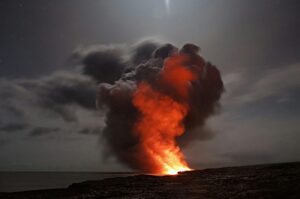Countries shore up their digital defenses as global tensions raise the threat of cyberwarfare

source: apnews.com | image: pexels.com
WASHINGTON (AP) — Hackers linked to Russia’s government launched a cyberattack last spring against municipal water plants in rural Texas. At one plant in Muleshoe, population 5,000, water began to overflow. Officials had to unplug the system and run the plant manually.
The hackers weren’t trying to taint the water supply. They didn’t ask for a ransom. Authorities determined the intrusion was designed to test the vulnerabilities of America’s public infrastructure. It was also a warning: In the 21st century, it takes more than oceans and an army to keep the United States safe.
A year later, countries around the world are preparing for greater digital conflict as increasing global tensions and a looming trade war have raised the stakes — and the chances that a cyberattack could cause significant economic damage, disrupt vital public systems, reveal sensitive business or government secrets, or even escalate into military confrontation. Continue reading “Countries shore up their digital defenses…”










